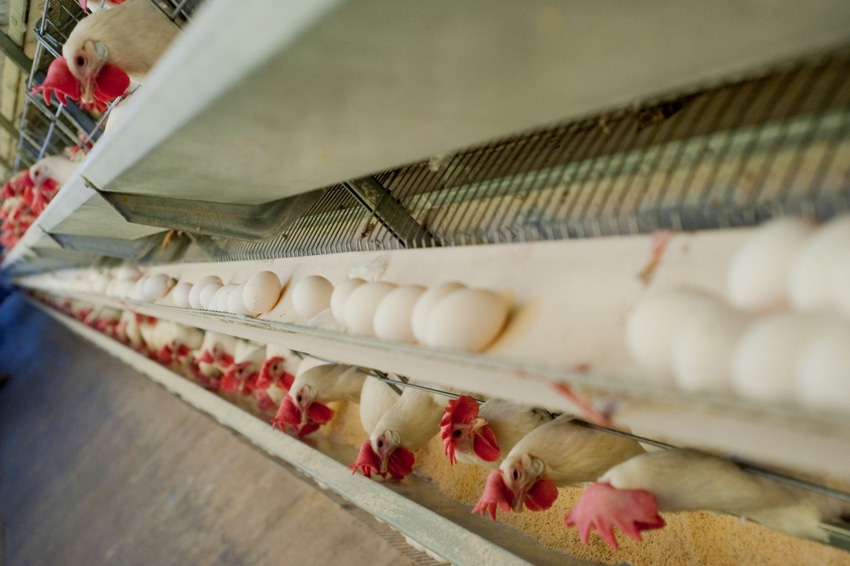Nearly 12m birds in U.S. affected by HPAI over past month
USDA numbers show 75.46 million birds affected since February 2022.

The detection of highly pathogenic avian influenza (HPAI) in large commercial egg laying operations in several states has pushed the number of birds affected by the virus in the U.S. sharply higher over the past month. USDA’s Animal and Plant Health Inspection Service (APHIS) has updated its tracking method to now show the number of birds affected in the past 30 days, as well as the total number affected since the initial onset of the virus outbreak in February 2022.
According to APHIS, 11.8 million birds have been affected just in the past 30 days. Several states confirmed the virus last week, but three large egg laying operations in Ohio, Kansas, and California, were mostly responsible for the sharp rise in numbers. An egg laying operation of 1.4 million birds in Merced County, California was the largest case last week, followed by egg laying operations of 700,000 birds in Rice County, Kansas, and 560,000 birds in Darke County, Ohio. A broiler operation of 183,100 birds in Merced County is also being depopulated due to the virus, USDA reported.
Meanwhile, South Dakota has logged another turkey operation, reporting an operation of 76,000 birds in Lake County, South Dakota.
The Kansas Department of Agriculture (KDA) said the current outbreak of HPAI is primarily spreading by migrating wild waterfowl. As such, a critical part of protecting flocks is to establish separation between domestic birds and wild birds as they migrate through the region.
“Anyone involved with poultry production from the small backyard chicken owner to the large commercial producer should review their biosecurity activities to assure the health of their birds,” KDA said.
Highly pathogenic avian influenza is a contagious viral disease that can infect chickens, turkeys and other birds and can cause severe illness and/or sudden death in infected birds. Poultry owners should attentively monitor your birds for symptoms of HPAI which include coughing, sneezing, nasal discharge, and other signs of respiratory distress; lack of energy and appetite; decreased water consumption; decreased egg production and/or soft-shelled, misshapen eggs; incoordination; and diarrhea. Avian influenza can also cause sudden death in birds even if they aren’t showing other symptoms.
If any of these symptoms are observed, flock owners should immediately contact a veterinarian.
About the Author(s)
You May Also Like




